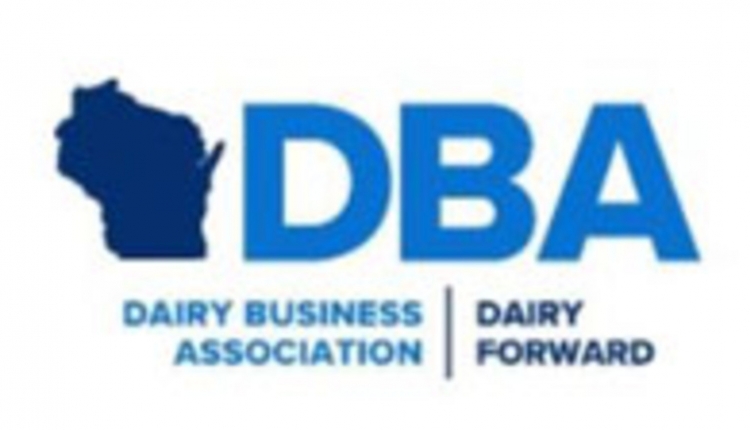
Uncertainty about tariffs, retaliatory tariffs, reciprocal tariffs, and other government policy changes are creating a lot of angst in the dairy markets. I’ve given up trying to predict what policies will be implemented, when they will be implemented, or what the end goal of the administration actually is. However, I think it is worthwhile thinking through some of the policies and putting some rough estimates on their potential impacts.
While there is a long list of issues and policies that are currently in play, I think the most impactful and timely are the threat of retaliatory tariffs, the macroeconomic impact of tariffs on our trading partners, consumers boycotting U.S. products in importing countries, and the potential impact of the tariffs on the U.S. economy.
The U.S. has already put some additional tariffs in place on our trading partners and the administration is threatening more tariffs. Our trading partners are responding with talk of retaliatory tariffs on U.S. dairy products. This breaks down into three categories, the tariffs that are in place, the tariffs that have been announced but aren’t in place yet, and potential tariffs.
On April 2, the U.S. is planning to announce reciprocal tariffs. My understanding is that they are researching reciprocal tariffs on G20 countries in which the U.S. typically has trade deficits with. In 2024, 77% of U.S. dairy exports went to G20 countries. But Mexico, Canada, and China are all part of the G20, and I think we will reach separate agreements with those countries, which leaves 26.2% of exports going to the other G20 countries.
Assuming that the average retaliatory tariff is 20% and that somewhere between 26% and 77% of U.S. exports get hit with the additional tariff, it would reduce U.S. exports by somewhere between 1.4% and 4.2% in my model. In rough numbers, that would knock 2.3% to 6.9% off of U.S. dairy prices. My gut says this is an underestimate of the potential impact of widespread retaliatory tariffs.
Impacts on trading partners
The second issue for the market is the potential impact of retaliatory tariffs on economic conditions with our trading partners. Higher tariffs are going to reduce economic growth for everyone involved. Canada’s exports to the U.S. account for nearly 20% of their GDP. Mexico’s exports to the U.S. account for 30% of their GDP, and some estimate that 25% tariffs across the board on Mexico would knock 16% off of their GDP. In a worst-case scenario where a 25% tariff is applied to all products imported from Mexico, GDP could drop knocking an estimated 17.7% off of U.S. dairy prices. I think the impact on Mexico’s economy is so massive that it’s unlikely they will be hit with a flat 25% tariff across the board (or the tariff won’t be in effect for very long). If the U.S. puts tariffs on some countries but not others, it’s possible economic growth in those countries could turn out stronger than expected.
Beware of the boycott
Another concern is consumers boycotting U.S. tariffs. Threats of tariffs and taking or re-taking Canada, Greenland, and the Panama Canal have consumers in some countries boycotting U.S. goods. A small amount of U.S. dairy exports is destined directly for retail in packaging that is clearly a U.S. brand, while some exported ingredients are shipped to countries where they are combined with other ingredients to produce a packaged good that carries a brand associated with the U.S. Importantly, a decent amount of the cheese exported is being used in restaurants that are associated with the U.S., which might face backlash.
On a milk equivalent basis, I think that about 7.9% of U.S. exports (mostly driven by cheese) could be impacted by boycotts. As a rough estimate, we could see a 5% to 10% drop in sales of affected U.S. dairy products in importing countries where consumers are boycotting U.S. goods, such as Canada, Mexico, the EU, and China.
Lastly, U.S. tariffs on imported goods will negatively impact GDP growth, which should have a negative impact on domestic demand for dairy inside the U.S. The Tax Foundation has done an analysis of the estimated impact on U.S. GDP from the announced tariffs, and they estimate these tariffs would reduce U.S. GDP by 0.4%. Threatened tariffs on the EU, vehicles, and vehicle parts would reduce GDP by another 0.3%.
It is hard to tease out a direct relationship between GDP and dairy demand in the U.S., but my best estimate is that every 1% change in real GDP growth changes U.S. per capita dairy consumption by 0.4%. The announced and threatened tariffs knock an estimated 0.7% off the U.S.
No analysis would be complete without some discussion of upside risks. With the U.S. raising tariffs on imports, we will import fewer dairy products, although the impact will likely be small. Second, there is some talk about stimulus checks that would be based on savings generated by the Department of Government Efficiency (DOGE), which could help boost domestic demand for dairy products. Additionally, if the trade war significantly reduces commodity prices, there is a chance the government could step in with additional purchases of commodities or a food box type program.







